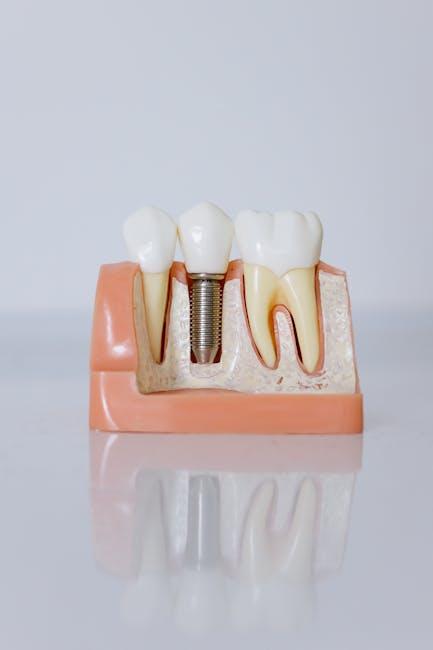
How Consent Differs by Treatment – Dentistry UK
Understanding dental consent is essential for both patients and practitioners to ensure treatments are carried out ethically and legally. In the UK, consent in dentistry is not a one-size-fits-all process. This article explores how consent differs by treatment in Dentistry UK, detailing the types of consent required, patient rights, and practical guides for various dental procedures.
The Importance of Consent in UK Dentistry
Consent is a fundamental component of patient care in the UK, mandated by law and guided by professional standards such as those from the General Dental Council (GDC). Dental consent ensures patients are fully informed and voluntarily agree to any procedure before it begins. Without valid consent, treatments could amount to assault, even if intended to help.
Key Principles of Consent
- Informed: Patients must receive clear, comprehensible information regarding the treatment.
- Voluntary: Patients should consent without coercion or pressure.
- Capacity: Patients must have the mental capacity to consent.
- Specific: Consent must relate specifically to the treatment planned.
Types of Consent in Dentistry
Consent can vary depending on the complexity and nature of the dental treatment involved. Common types include:
| Type of Consent | When It Applies | Examples in Dentistry |
|---|---|---|
| Implied Consent | Routine, non-invasive procedures | Examination, cleaning, simple fillings |
| Explicit Verbal Consent | More invasive or irreversible procedures | Root canal treatment, extractions |
| Written Consent | High-risk or complex treatments | Orthodontics, dental implants, sedation |
How Consent Differs By Treatment Type
1. Routine Dental Check-Ups and Hygiene Treatment
For routine examinations or hygiene appointments, implied consent usually suffices. Because these treatments are minimal-risk, simply attending the appointment and cooperating indicates consent.
2. Fillings and Minor Restorations
Small procedures such as fillings generally require verbal consent. Dentists must explain the procedure, risks, and alternatives so the patient can decide. While written consent is rarely needed, good practice involves clear communication.
3. Extractions and Root Canal Treatments
Due to their invasive and potentially uncomfortable nature, explicit verbal consent is necessary here. Dentists should fully explain potential pain, complications, and post-treatment care.
4. Orthodontics and Complex Restorations
Orthodontic treatments and complex restorations (crowns, bridges) require detailed written consent because they are long-term, involve significant patient commitment, and can have notable consequences if not followed properly.
5. Dental Implants and Surgical Procedures
Implants and surgeries require comprehensive written consent due to their complexity, risks, and sometimes irreversible impacts. Patients must be informed about surgical risks, recovery times, and alternative options.
6. Sedation and Anaesthesia
Consent for sedation or general anaesthesia is crucial and always written. Special attention is needed to discuss risks like allergic reactions, sedation depth, and recovery protocols.
Practical Tips for Dental Professionals in Managing Consent
- Use Clear Language: Avoid jargon when explaining treatments.
- Provide Written Information: Leaflets or digital resources help reinforce understanding.
- Check Understanding: Ask patients to repeat information or ask questions.
- Document Everything: Record consent discussions in patient records.
- Respect Refusals: Patients have the right to decline treatment without pressure.
The Patient Perspective: Benefits of Understanding Consent
When patients fully understand consent processes, they feel more empowered and confident about their dental care:
- Reduced anxiety through clarity on what to expect
- Increased trust in their dental team
- Improved treatment compliance and outcomes
- Protection of their legal and personal rights
Case Study: Consent Variation in Implant Treatment
Mrs Taylor was considering dental implants after losing two molars. Her dentist provided written materials explaining the surgical process, risks of infection, healing timeline, and alternative options like bridges. A detailed discussion allowed Mrs Taylor to ask questions and feel comfortable signing the written consent form, knowing exactly what the procedure entailed.
Summary Table: Consent Requirements by Treatment
| Treatment | Risk Level | Consent Type | Notes |
|---|---|---|---|
| Dental Check-up | Low | Implied | No formal consent needed |
| Fillings | Low to Medium | Verbal | Explain risks & alternatives |
| Tooth Extraction | Medium | Verbal (recommended written) | Discuss pain & post-care |
| Orthodontics | Medium to High | Written | Long-term treatment commitment |
| Implants | High | Written | Surgical risks & consent essential |
| Sedation/General Anaesthesia | High | Written & Verbal | Detailed risk discussion mandatory |
Conclusion
Consent in UK dentistry varies widely depending on treatment type, risk level, and patient capacity. Ensuring appropriate informed consent is not only a legal requirement but also fundamental to building trust and delivering high-quality care. Whether it’s a routine check-up or a complex implant procedure, dental professionals must communicate clearly and respect patient autonomy. By understanding how consent differs by treatment, patients and dentists alike can navigate dental care safely and confidently.


